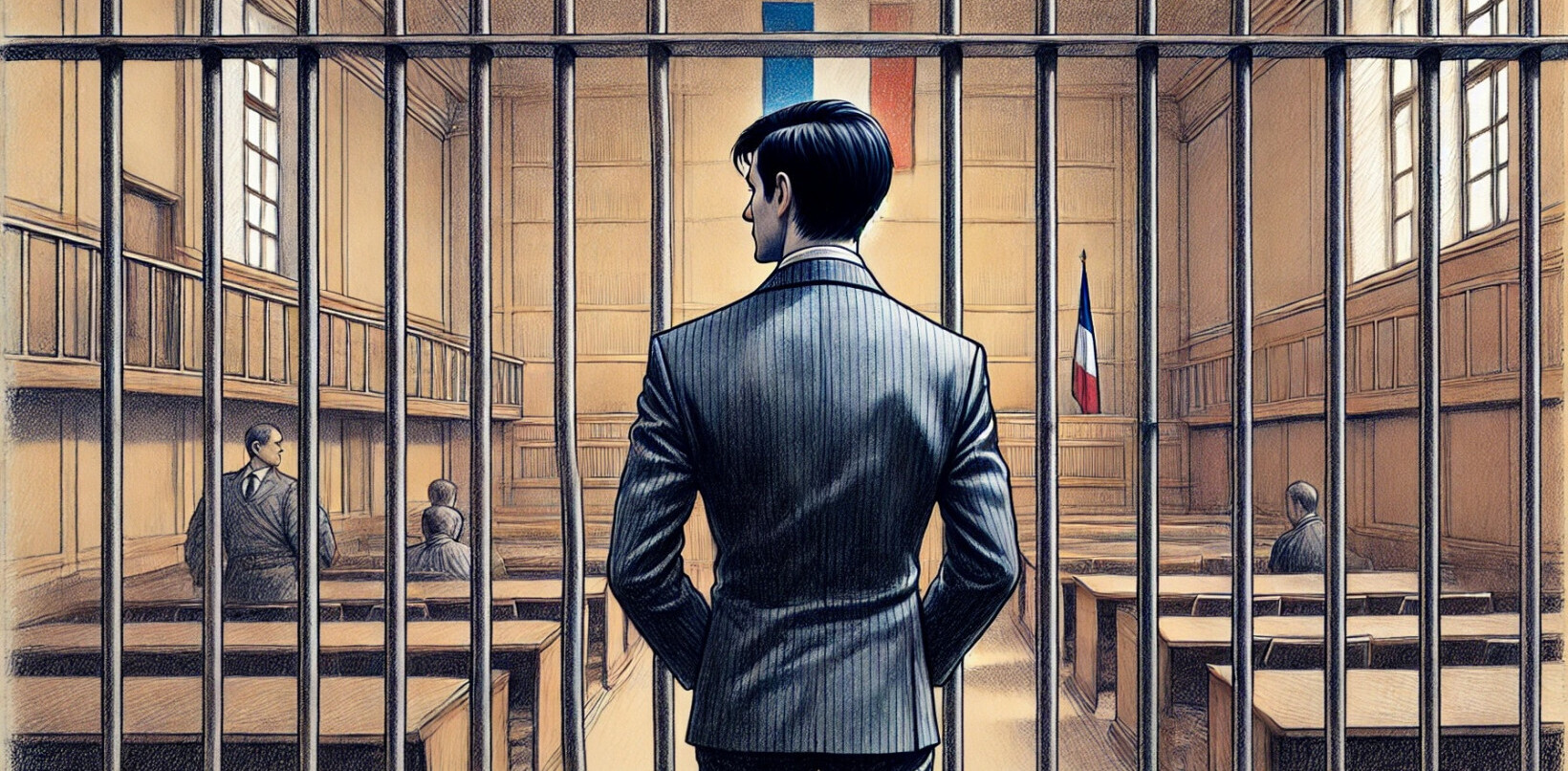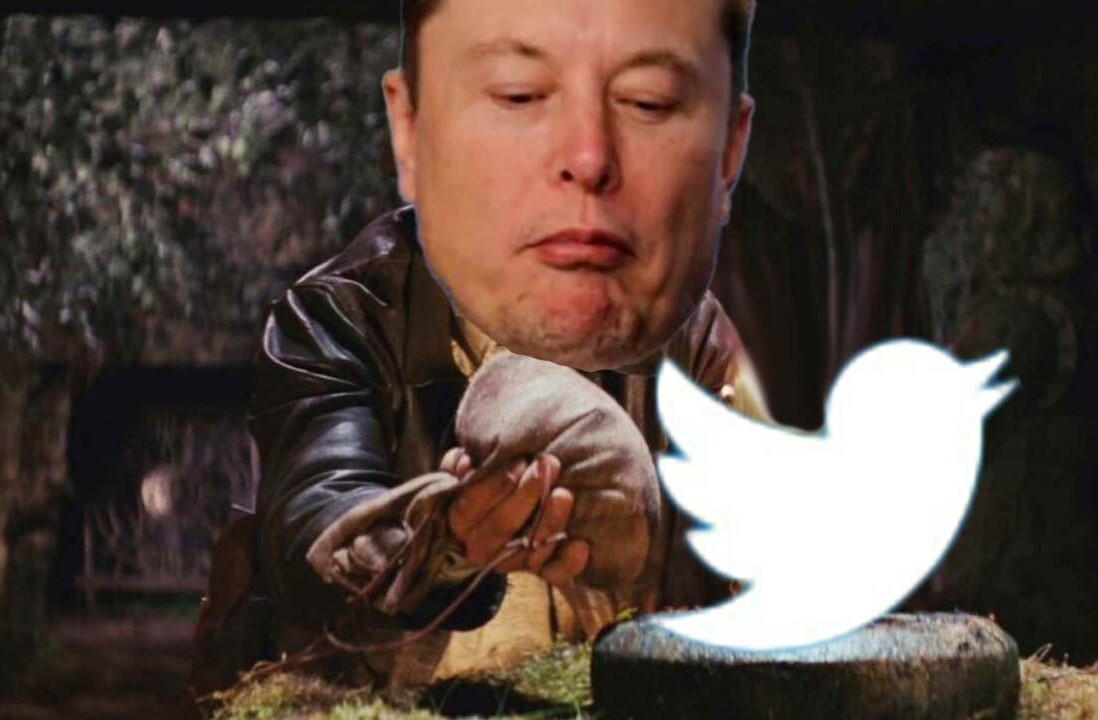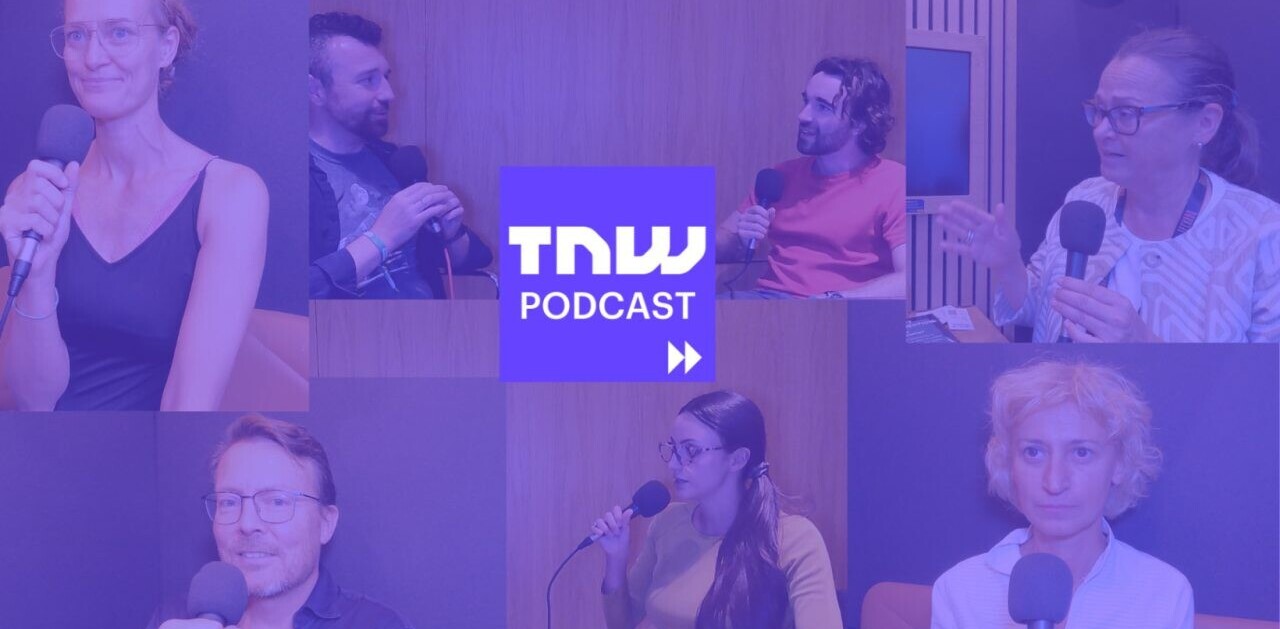
The launch of Google+ has us all asking: can it beat Twitter and Facebook as a tool for journalists? Social media is invaluable when it comes to news gathering, but what I want to know is with all this news curation on the web what’s the future for traditional journalism?
Breaking the News
Over the last few years social media has been the first source for a number of big international news stories. Here are just a few examples…
Mumbai Attacks: Accounts of shooting and bombing attacks in Mumbai in 2008 were first reported via Twitter and Flickr before any of the mainstream media. The Telegraph reported that during the attacks there were approximately 70 eyewitness’ tweets every 5 seconds.
@dupree_ Mumbai terrorists are asking Hotel Reception for room #s of American citizens and holding them hostage on one floor
On Flickr, users including Vinu were uploading photos from the scene showing scenes from the street where the attacks were taking place.
Hudson River: @jkrums was the first to break the news that a US Airways plane had crashed in the Hudson River. He tweeted
@jkrums There’s a plane in the Hudson. I’m on the ferry going to pick up the people. Crazy.
Kosuke Tsuneoka: When Japanese journalist Kosuke Tsuneoka was kidnapped in Afghanistan he used Twitter to send out this message
@Shamilsh I am still alive, but in jail.
Tsuneoka had been held for 5 months by Islamic militants but was able to access his Twitter account when his kidnappers asked him to show them how to use their mobile phone. He was released two days after the tweet was sent.
Egypt Uprising: The protests in Egypt at the start of this year demonstrated how effective social media can be in not only reporting on but organizing a revolution. Word spread over various social networks including Twitter, Facebook and YouTube. The latter was used to send video footage of what was happening during the uprisings all around the world. This video by lukasjakubicka is a great example of citizen journalism as he reports on the action in the street below.
Death of Osama Bin Laden: Before the media had even a sniff of the news of Osama Bin Laden’s death one Twitter user was unknowingly breaking the news to the world. Sohaib Athar, an IT consultant living in Aboottabad, started tweeting when he noticed some unusual events.
@ReallyVirtual Helicopter hovering above Abbottabad at 1AM (is a rare event).
What followed was a series of tweets giving a real time account of the events leading up to and after the death of Bin Laden.
The need for speed
 One of the key factors of sites such as Twitter, Flickr and YouTube is speed. With a touch of a button users can publish content to the web within milliseconds of an event. A recent example of this is the hacking story at the News of the World and News International. A soon as the resignation of News International’s CEO Rebekah Brooks was announced, Twitter was flooded with the news prompting these tweets from TNW’s European Editor Martin Bryant.
One of the key factors of sites such as Twitter, Flickr and YouTube is speed. With a touch of a button users can publish content to the web within milliseconds of an event. A recent example of this is the hacking story at the News of the World and News International. A soon as the resignation of News International’s CEO Rebekah Brooks was announced, Twitter was flooded with the news prompting these tweets from TNW’s European Editor Martin Bryant.
@MartinSFP I look away from Twitter for 2 minutes and Rebekah Brooks has resigned. As it happened two minutes ago I feel this is old news #twitterspeed
@MartinSFP Ironically, I got that ‘old news’ tweet in *before* the onslaught of tweets sharing the news. #supertwitterspeed
The speed of social media has emphasised the need for real time reporting and has spurred a rise in news providers using live blogging. Organisations such as BBC News and The Guardian have demonstrated how beneficial live blogging can be when covering big news stories. The BBC used a collection of sources from across the web to pull together this live blog on the death of Osama Bin Laden while The Guardian’s journalists and columnists came together to create this live blog on the News International phone hacking scandal.
The New Wave
 So with this new zest for citizen journalism and a growing number of curation tools making it even easier to gather and present news where does this leave the traditional journalist? The common route into journalism involves starting local covering the low profile stories and working your way up to national and international high profile stories, but social media and blogging sites such as WordPress are starting to make that route less of a necessity.
So with this new zest for citizen journalism and a growing number of curation tools making it even easier to gather and present news where does this leave the traditional journalist? The common route into journalism involves starting local covering the low profile stories and working your way up to national and international high profile stories, but social media and blogging sites such as WordPress are starting to make that route less of a necessity.
As a freelance journalist I work both in local news for radio stations and in national and international news for my online work. I have to say it’s my online work that makes me feel more connected to the news. It helps that I’m a self-confessed tech geek, but it’s the pace and availability of news and sources that drives my online work. And that’s great. But online, other than my PGDip in Broadcast Journalism, what makes me different from all the citizen journalists and bloggers out there? We’re all working with the same material with the same aim – to get the news out there ASAP.
This is a question posed by Niall Harbison’s article ‘Consuming News in the Age of Curation’. Under his section ‘Good Journalists Need To Be Paid’ he writes:
…if everybody is just sharing links and copying and pasting who is going to pay for the content at the source in order to pay the journalists and content producers?
It’s a good point. I encourage everyone, journalists and non-journalists alike, to embrace technology and social media to develop the way we consume news but when we’re all so willing to share our information for free how are journalists to make a living and will traditional journalists one day be replaced? Robert Coxwell doesn’t think so.
In his article ‘News is more than just eyewitness and a mobile pic’, Robert writes that eyewitness mobile phone photos are:
no match for a skilled pap with an enormous camera and telephoto lens, linked to Fleet Street via their laptop.
His comments come after he was one of the first people at Amy Winehouse’s home after rumours started circling about her death. He admits his tweets and mobile phone photos were used on sites all over the world and he gained a lot of new followers but believes:
I could easily have talked to a US news organisation about my experience, but what do I know? I couldn’t add understanding or context for their audience – that’s the job of their reporter.
Conclusion
 There is without doubt a place for social media in news production but it shouldn’t, and won’t, signal the end of traditional journalism. I see social media and citizen journalism playing a similar role as what The French New Wave did in the film industry. Craig Phillips wrote of the principles behind The French New Wave:
There is without doubt a place for social media in news production but it shouldn’t, and won’t, signal the end of traditional journalism. I see social media and citizen journalism playing a similar role as what The French New Wave did in the film industry. Craig Phillips wrote of the principles behind The French New Wave:
a rejection of classical montage-style filmmaking (favored by studios up to that time) in favor of: mise-en-scene, or, literally, “placing in the scene” (favoring the reality of what is filmed over manipulation via editing), the long take, and deep composition; and
A conviction that the best films are a personal artistic expression and should bear a stamp of personal authorship, much as great works of literature bear the stamp of the writer. This latter tenet would be dubbed by American film critic Andrew Sarris the “auteur (author) theory.”
I think both of these principles can be applied to the new wave of journalism. The use of mobile footage and live-blogging could be interpreted as being placed in the scene while the “auteur theory” can be applied to far more personal aspect of blogging. As a broadcast journalist I’m trained to be impartial and stick to the facts but in my online work opinion plays a far more dominant role.
So like The French New Wave with the film industry, I believe this new wave of journalism will only make news production better. And as for putting journalists out of a job… I hope not!
Get the TNW newsletter
Get the most important tech news in your inbox each week.




